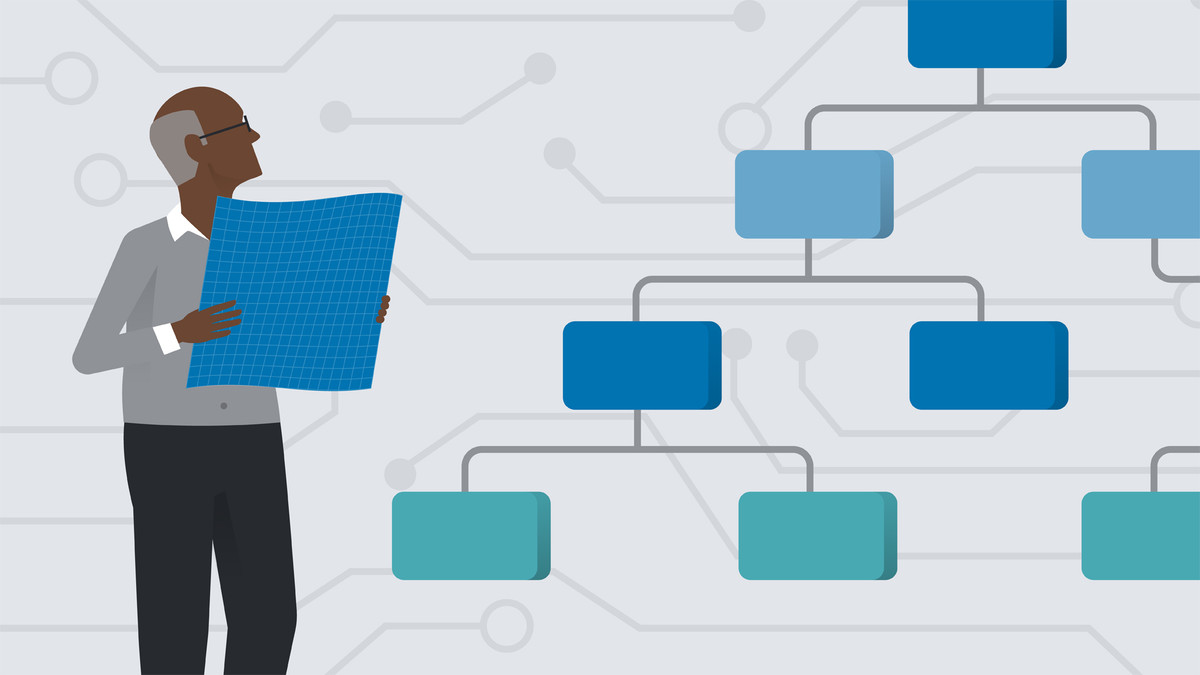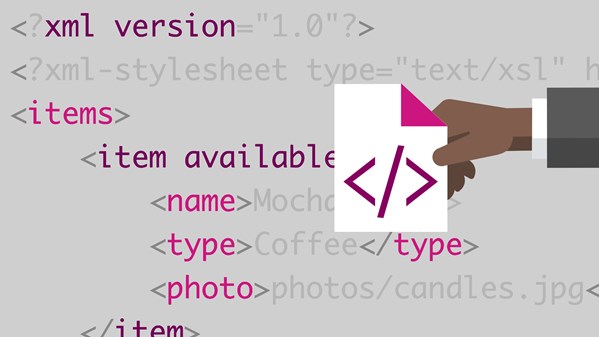
All good software starts with a great design. Object-oriented design helps developers plan applications before they write a single line of code, and break down ideas into reusable and maintainable components. This course focuses on the foundational concepts, teaching them in a fun, interactive way to help you quickly develop your skills. Tag team Olivia and Barron Stone introduce you to the concepts and terms—objects, classes, abstraction, inheritance, and more—that you need to get started. They then show how to take the requirements for an app, identify use cases, and map out classes using Universal Modeling Language (UML). The final design can then be translated into code using one of the many popular object-oriented programming languages, such as Java, C#, Ruby, or Python.
Learning objectives
- Object-oriented basics: objects, classes, and more
- Encapsulation
- Inheritance
- Defining requirements
- Identifying use cases, actors, and scenarios
- Domain modeling
- Identifying class responsibilities and relationships
- Creating class diagrams
- Using abstract classes
- Working with inheritance
- Developing software with object-oriented design principles

Modeling with the Unified Modeling Language (UML)—a visual design language for object-oriented programming—is a critical skill for all team members in a software development project. These models are a cost-effective way for collaborators to analyze, communicate, and document their product's characteristics. In this course, learn how to use UML diagrams to create important artifacts at each stage of the software development life cycle. Instructor Neelam Dwivedi shares best practices and tools as she goes over 13 different types of UML models, explaining what you need to know to develop static and dynamic models of software systems.
Learning objectives
- How UML differs from other modeling techniques
- Types of UML models
- UML modeling tools
- Use case, activity, and class diagrams
- Capturing real-time state of your system in action
- Using component diagrams
- Interaction overview diagrams
- Modeling time-constrained interactions

Le diagramme de classes UML (Unified Modeling Language) peut convenir parfaitement à la modélisation d’une base de données. Avec votre formateur Christian Soutou, vous découvrirez tous les mécanismes à adopter afin de construire vos modèles relationnels d’une manière optimale et de générer vos scripts SQL. Vous pourrez appliquer ces principes à n’importe quel système de gestion de base de données (SGBD) du marché (Oracle, SQL Server, DB2, MySQL, PostgreSQL, etc.). Cette formation suit les niveaux du processus de conception d’une base de données. Elle présente aussi méthodiquement les concepts et les solutions de chaque étape. Que vous soyez développeur, analyste ou chef de projets, découvrez UML sous un autre jour !

Extensible Markup Language (XML) was designed to make information sharing and data interpretation easier. Having a solid grasp of what XML is and how to work with it is essential for any developer. In this course, Joe Marini takes you through the basic rules of XML, explains its syntax, and covers more advanced topics such as styling your XML with CSS and manipulating XML content using XPath and XSLT. From integrating XML into your site to using document type definitions and XML schema, this course covers what you need to know to not only get started with XML, but also master it.
Topics include:
- What is XML?
- Advantages and drawbacks of XML
- Proper XML syntax
- Working with XML namespaces
- Styling XML tags
- Discovering and creating document content
- Manipulating XML content using XPath and XSLT
- Document type definitions and XML schema
